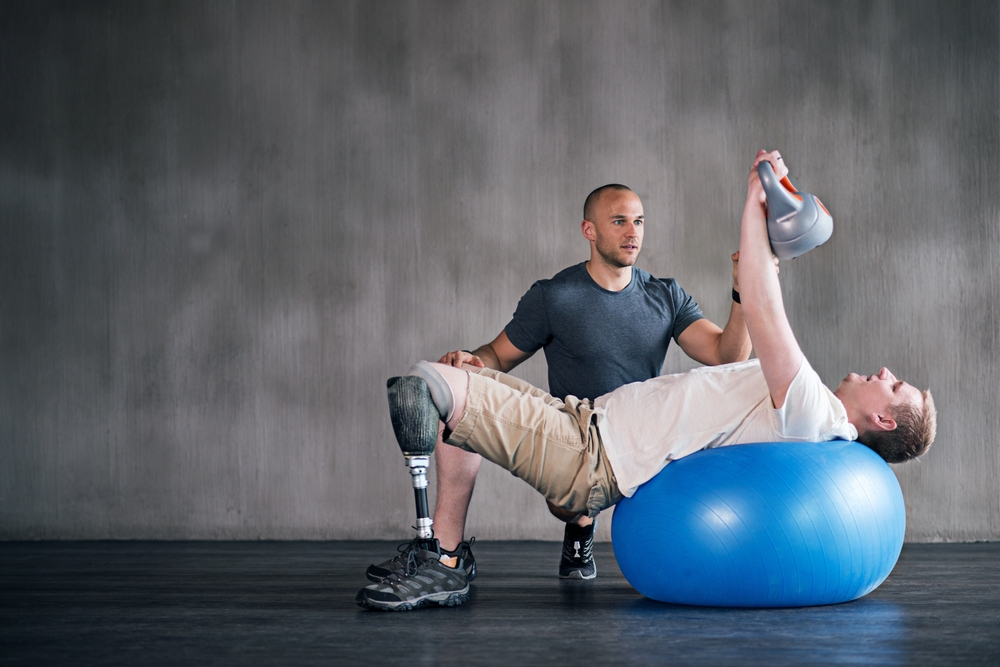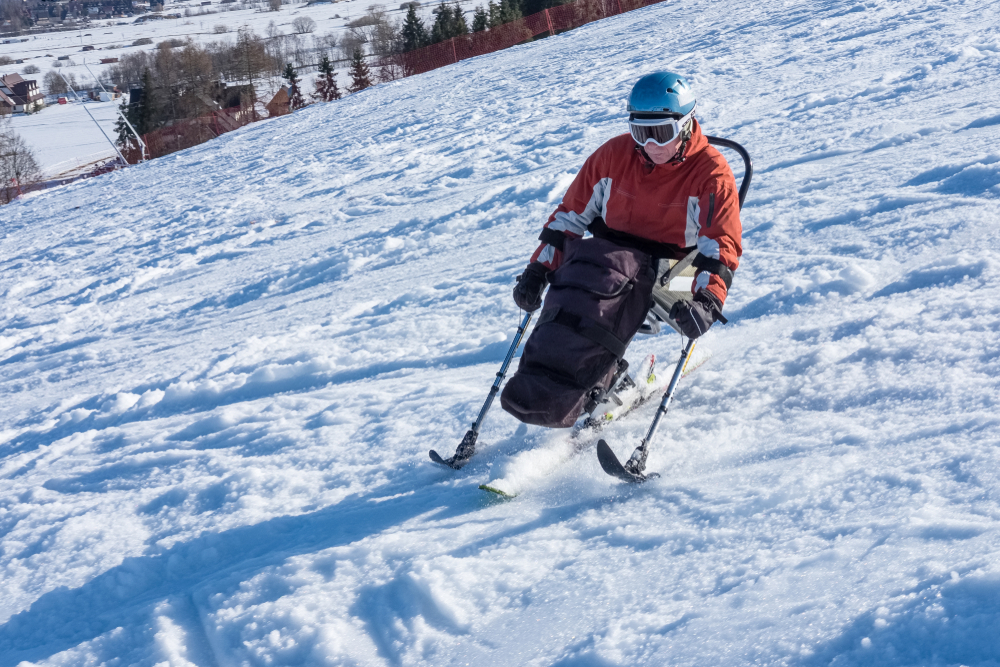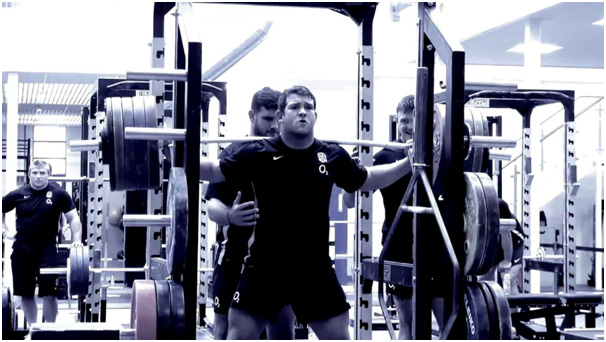Make an Appointment
We all know that feeling of an aching lower back. How can you know if that pain is a simple soreness or the result of a stress fracture, or maybe even a pars defect?
Pars defect, otherwise known as spondylolysis is a fracture within the pars interarticularis of the vertebral arch in the spinal column. To put it simply, the defect is a stress fracture of the bones of the lower spine that results in lower back pain. Rather than being in the center of the back, this back pain is usually on one side of the back. When a pars defect does not heal it can lead to spondylolysis which is a permanent pars fracture on both sides of the spine.
When this occurs, the spine can slip backwards over time which would result in a more serious condition of what is commonly referred to as spondylolisthesis. This, then increases the possibility of a degenerative vertebra and further back conditions in adulthood. The good news that these back problems can be prevented with early diagnosis and treatment methods.
It may not sound too serious but like other fractures, a stress fracture is a break in the bone. It’s only referred to a “stress” fracture because it develops as a result of repetitive stress and overuse that is usually associated with sports and activity. This differs from a specific acute event or injury which may create pain suddenly and quickly from a specific event or injury.
Key Causes & Risk Factors
Repetitive Hyperextension & Rotation
Activities such as gymnastics, football, cricket bowling and volleyball apply micro-trauma across the pars, leading to stress fractures over time..
Adolescent Growth Spurts
Between ages 11–17, the pars is thinner and still ossifying, making it more prone to fatigue fractures during rapid growth.
Genetic & Anatomical Predisposition
A family history of pars defects or naturally hyperlordotic spines increases susceptibility.
Single-Event Trauma
Though less common, an acute fall or heavy load can initiate a pars fracture.
Incidence Metrics
• 6–7% lifetime incidence in the general adult population The Journal of Neuroscience
• Up to 30% prevalence in adolescent athletes within high-risk sports
See below an illustration of the spinal column and the location of a Pars Fracture
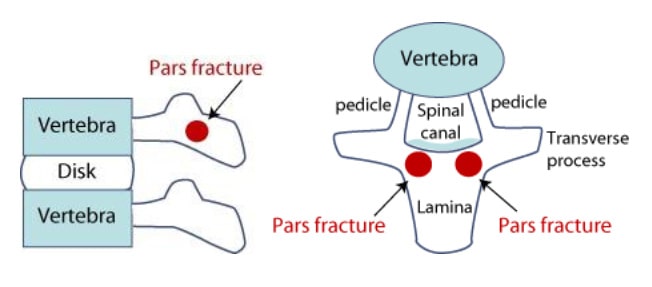
Image Reference: https://www.hss.edu/condition-list_Spondylolysis-Spondylolisthesis.asp
How do you know if you or your child suffer from a pars defect?
The pars defect is one of the most common causes of lower back pain in younger athletes. The lifetime prevalence of lower back pain with a pars defect in those aged 11-17 years has been reported to be as high as 30.4% among adolescents participating in sports. The condition is more common in males; 2-1
The structure of a pars bone is small, and it grows longer during adolescent growth. Therefore, it is very thin and weak, and very much prone to injury during young adolescence. Kids and teens who play sports and do activities that can strain the lower back or that involve a lot of lower-back stretching — like football, weightlifting, wrestling, cricket – bowling action, gymnastics, volleyball, ballet, and golf — are especially likely to have these problems.
Placing extra strain on this area of the spine during childhood increases the chance that a pars defect will occur.
Symptoms of a pars defect usually have one of the following;
- pain in the lower centre back that might feel like a muscle strain - Worse with extension, standing or athletic activities
- pain in the thighs and buttocks
- stiff muscles and tenderness in the lower back region
- muscle tightness, especially in the hamstring muscles
- Pain radiating down one or both legs
- Numbness, tingling, and weakness in legs
Diagnosis of Pars Stress Fracture
Since a pars fracture is a break in the bone, only rest and time will promote healing. Most people with a pars defect do not require surgery with anti-inflammatory medications, Physiotherapy and recovery the recommended means of dealing with a pars stress fracture.
Typically, the average recovery rate of Pars Fracture can be anything from between 6-12 weeks.
Recovery is the most important aspect for the initial stages of a pars stress fracture. With the guidance and implementation of Physiotherapy, individuals with a stress fracture should expect a series of strengthening exercises for the abdominal and low back muscles to combat the pain and rehabilitation from their Physiotherapist.
In some cases, a complete recovery from a pars stress fracture can take as long as 6 months.
When symptoms and pain are not relieved with nonsurgical treatments patients may require surgery. Surgical options for a pars defect include a pars repair versus a lumbar fusion.
Injections are another alternative but more commonly used for in the adult population. Injections might help control the pain enough to least keep you functional. In some cases, injections will have very little affect for some adults and if they do work, the injections do have the tendency to wear off. However, the positive implications of using injections is that they are a very low risk and less invasive technique to adopt.
How can you prevent the possibility of this fracture and pain in your spine?
There are actually a few things that you can do to avoid getting a pars stress fracture including;
- Taking a break from sports every few days
- Maintaining good physical condition during the off season
- Increasing high impact activities gradually
- Increasing hours in sports gradually
- Avoiding year-round participation in sports
- Maintaining flexibility in the hamstrings and hip flexors
- Increasing strength in the lumbar and core muscles.
- Yoga movements and exercises.
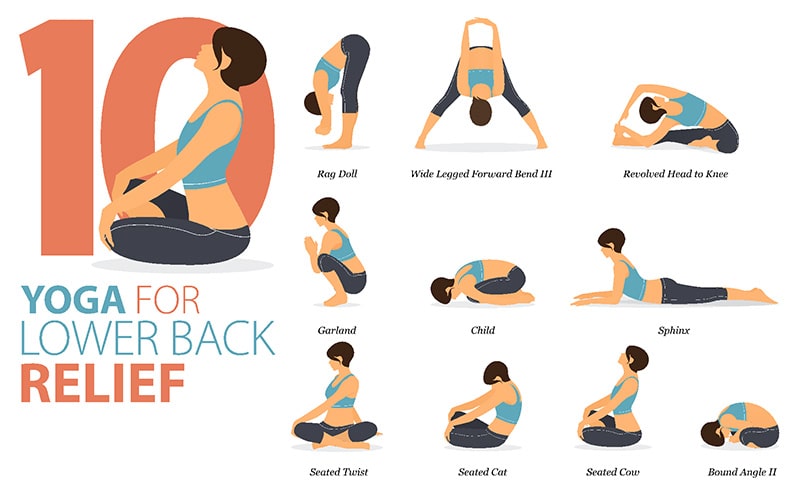
How is pars defect treated?
In most cases, pars defect is treated with medication, muscle relaxers and rest. However, sometimes surgery will be required. Your Physiotherapist may also prescribe a lumbar back brace in the acute stages of pars defect that will aid in the treatment process.
1 - Conservative Management (First 6–12 Weeks)
- Activity Modification & Rest: Cease hyperextension activities to allow bone healing.
- Bracing: Rigid lumbosacral orthoses limit painful movements and promote union.
- Physiotherapy:
- Core Stabilisation: Activation of transversus abdominis and multifidus muscles to unload the pars.
- Flexibility Training: Hamstring, hip-flexor and lumbar mobilisations.
- Progressive Loading: Gradual reintroduction of extension-based exercises under supervision Massachusetts General Hospital.
- Book a Physio Inq Mobile Physiotherapy session to receive an in-home assessment and tailored exercise program.
- Pain Relief: NSAIDs or muscle relaxants to control inflammation and discomfort.
2 - Interventional & Surgical Options
- Steroid Injections (Adults): Low-risk analgesic strategy when pain persists despite rehabilitation.
- Direct Pars Repair: Screw fixation for young patients with persistent non-union.
- Lumbar Fusion: Stabilises two vertebrae when high-grade spondylolisthesis or chronic instability is present. OrthoInfo
Expected Timelines
• Bone Union: 6–12 weeks
• Return to Sport: 3–6 months, based on imaging confirmation and functional readiness
Is a pars fracture serious?
It depends. Like any fracture, a pars defect is relatively serious and will require some form of treatment. However, it can be difficult to detect and makes things a bit trickier than when you break an arm or foot.
Since pars defect is common among children who are quite active or participate in a sport of some kind, the healing rate for bones is rather quick meaning that most children recover with not much more than a bit of downtime.
However, on some occasions, the symptoms of a pars defect won’t show up until later in life. Overall, yes, a pars fracture is serious but not life-threatening and can be treated.
Consequences of Leaving a Defect Untreated
Without targeted management, a pars defect can lead to:
Chronic Non-Union: The fracture fails to heal, weakening the vertebral arch.
Progression to Spondylolisthesis:
- Bilateral defects allow vertebral slippage - seen in up to 30–50% of untreated cases
- Nerve root compression may produce radicular leg pain, numbness or weakness.
Accelerated Degeneration: Altered load distribution accelerates disc wear and facet joint arthritis, precipitating chronic back pain.
Functional Impairment: Long-term pain and instability reduce ability to perform sports, work tasks and daily activities, impacting quality of life and mental health.

Frequently Asked Questions (FAQ)
How long does a pars defect take to heal?
A pars defect takes about six to 12 weeks to heal but it could take up to six months to see a full recovery. However, the rate at which you recover from a pars defect depends on variables such as:
- Your current health
- How you’ve managed your recovery (ie. working with a physiotherapist, taking enough time off from physical activity)
- The severity of your pars defect
As with anything, there’s no one size fits all recovery time. It’s important to speak with your doctor and physiotherapist about how long recovery should take for your particular situation.
How do you sleep with a pars defect?
The best position to sleep with a pars defect is in a reclined position as if you were sitting in a recliner chair.
If you have a recliner, you might even try sleeping in the chair for a few nights to see if it helps relieve the back pain from your pars defect. If not, you might use a stack of pillows to prop yourself up in bed. You might also place a pillow under your knees to further the relief.
There are also adjustable beds where you can change your side to mimic the shape of a recliner whilst still sleeping next to your partner. So, if you find that it relieves your back pain to some extent, you might consider investing in one of these adjustable beds.
Keep in mind that these are only general guidelines and everyone’s body is different, therefore requiring different sleeping positions. Try out a few different options of pillows propping you up or placed underneath your knees to find your ultimate sleep spot.
How common is pars defect?
Pars defect is relatively common, affecting one out of every 20 people. The most common cause is repetitive stress on the lumbar vertebrae.
A pars defect is also more common in children since children tend to be more physically active than adults. However, you might not start experiencing the signs of a pars defect until you’re older, even if it actually occurred in childhood.
What causes pars interarticularis defect?
Repetitive lumbar hyperextension/rotation (common in gymnastics, football, cricket) combined with adolescent pars vulnerability and genetic factors leads to stress fractures in the pars.
How do you treat pars defect?
Initial care focuses on rest, bracing, NSAIDs and a structured physiotherapy program targeting core stabilisation, flexibility and gradual return to activity. Surgery is reserved for non-unions or high-grade slips - Massachusetts General Hospital.
What happens if a pars defect is left untreated?
Untreated pars defects often become chronic, progress to spondylolisthesis in up to 50% of cases, and accelerate degenerative changes, leading to ongoing pain and reduced function
What is the main cause of spondylolisthesis?
Isthmic spondylolisthesis, vertebral slippage due to bilateral pars interarticularis defects, is the predominant form, responsible for over half of spondylolisthesis cases Cleveland Clinic.

A pars interarticularis defect is a common source of back pain in adolescents and active adults. With prompt diagnosis, conservative care, led by physiotherapy, bracing and pain management, successfully heals most stress fractures. Left unchecked, defects can lead to spondylolisthesis and accelerated spinal degeneration.
Next Steps:
- Early Evaluation: If you experience persistent unilateral low-back pain, especially during extension activities, seek assessment from a physiotherapist or spine specialist.
- Personalised Rehabilitation: Book in-home or in-clinic physiotherapy with Physio Inq to start a core-focused, flexibility-based recovery plan.
- Monitor Healing: Arrange follow-up imaging after 8–12 weeks to confirm bone union before resuming full activity.
- Prevent Recurrence: Incorporate cross-training, technique coaching and ongoing core maintenance into your routine.
Call 1300 731 733 or book online to begin your path to a strong, stable, pain-free back.
Date Published: Tuesday, June 8, 2021
Locate a Paediatric Physiotherapy
Service Near me
Get the experience & convinence you deserve to support your or a loved one's allied health needs.
Our Paediatric Physiotherapy team are currently serving & taking appointments in the following states and regions in Australia:
Need to get into direct contact with ur Client Services team? We're all ears. Call our team directly on 1300 731 733


